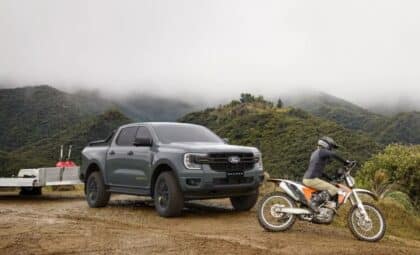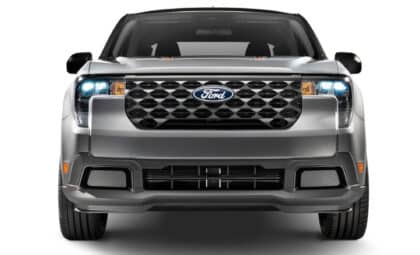The Ford Transit has long been a favorite in the commercial vehicle market, thanks to its reliability and versatility. With the 2026 model, Ford is making a clear push to stay ahead of competitors by incorporating more advanced tech and connectivity options.
However, with these upgrades comes a significant price increase, particularly for electric models, sparking a debate over whether the added features justify the cost.
A Digital Overhaul for the 2026 Transit
Ford has revamped the 2026 Transit with a fresh electrical architecture designed to enable new digital capabilities. The van now comes with an upgraded 8-inch digital instrument cluster and a newly standard 12-inch SYNC 4 infotainment system, along with a 5G modem for improved connectivity. These updates align with Ford’s strategy to keep the Transit competitive in an increasingly digital market, offering over-the-air software updates and future scalability.
According to Ford, these changes will help make the Transit a more flexible vehicle for fleet operators, who will benefit from digital tools that keep their vehicles up-to-date with the latest software. The new architecture also promises enhanced performance and efficiency, catering to both individual and business owners who demand a high-tech, future-proof vehicle.

Upgraded Features for Fleet Management
The 2026 Transit offers several new features aimed at improving fleet management. Standard across all models is Ford Co-Pilot360, a comprehensive suite of safety technologies, including forward and reverse sensing systems. Additionally, businesses can upgrade to the Co-Pilot360 2.0 package for even more advanced features.
Ford has also introduced Ford Pro Telematics, a fleet management tool that allows businesses to monitor the health and usage of their vehicles remotely. A new Vehicle Maintenance Monitor is now standard, providing fleet managers with real-time data on vehicle maintenance needs, which can help minimize downtime and reduce maintenance costs. These additions are designed to make the Transit an even more valuable tool for businesses that rely on efficiency and vehicle uptime.

Significant Price Hikes for the E-Transit
While the updates to the 2026 Transit are notable, the price increases, particularly for the E-Transit electric model, may cause potential buyers to think twice. The E-Transit Cargo Van has seen a price jump from $51,000 to $53,260, and the E-Transit Cutaway model has risen from $45,700 to $48,150. These price hikes come despite the introduction of an efficiency-boosting vapor injection heat pump, which Ford claims will improve the E-Transit’s overall performance.
According to Carscoop, the price increase for the E-Transit may be a significant barrier for small businesses looking to transition to electric vehicles. While the E-Transit offers an 89 kWh battery and a rear-mounted motor producing 266 horsepower, the higher costs could discourage companies from opting for the electric model. The added digital features and improvements in efficiency are valuable, but whether they justify the price increase remains a key question for many potential buyers.
Ford’s 2026 Transit models are priced as follows (excluding the $2,095 destination fee):
- Transit Cutaway: $44,890
- Transit Chassis Cab: $45,490
- Transit Cargo Van: $48,400
- Transit Passenger Van: $58,180
- E-Transit Cutaway: $48,150
- E-Transit Chassis Cab: $48,050
- E-Transit Cargo Van: $53,260









